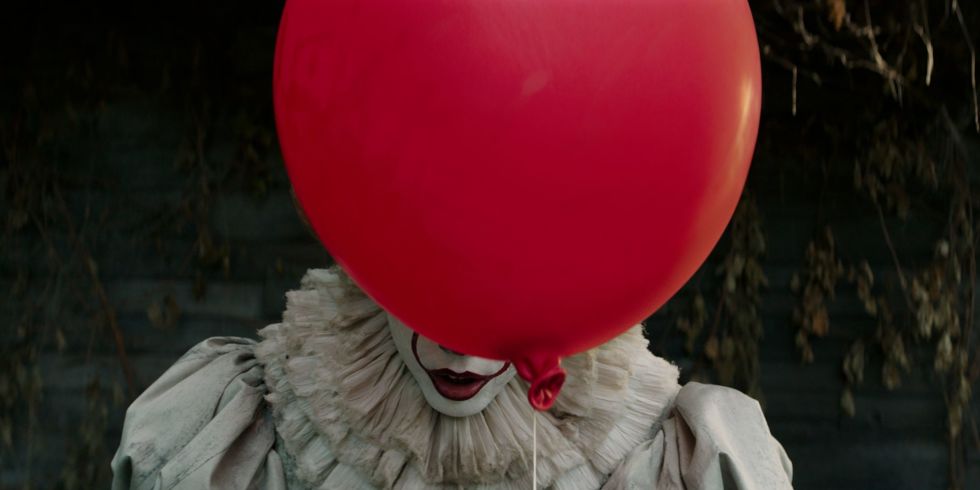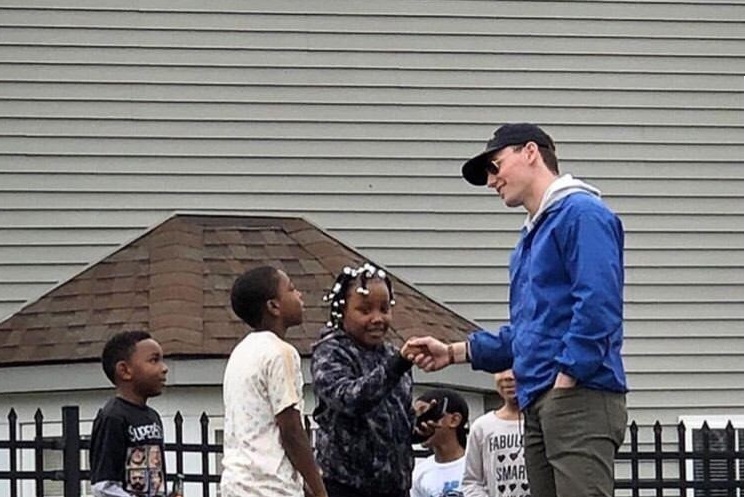Coachella is never without news or surprises. However, one particular moment is drawing eyes other than the great No Doubt reunion, Blur’s perplexed reaction to the crowd, and Lauryn Hill’s appearance during her son YG Marley’s set. Nope, the topic of discussion is centered around Grimes and the number of “technical mishaps” surrounding her DJ set. She repeatedly apologized to the packed Sahara tent crowd, rage screamed at points, and apologized after her set. Mistakes happen, and I’ve been to several DJ sets where things messed up, and they had to think on the fly. It’s just the name of the game. Not everything is going to be perfect. The difference in this situation is that there was a total reliance on “outsourcing” the process of Rekordbox BPMs and letting somebody else set up the tracklist. This clashed with Grimes’s inability to match up the tempos. That could have been avoided if she listened to her set beforehand.
It speaks to a more significant issue regarding the relationship between technology and the overreliance on the methods of the artistic process. For example, Pro Tools eased the complications of music production and once was the standard in mixing. It made removing some rough inefficiencies in compositions easier, making them sound better. This issue resides when you rely on something like Pro Tools so much that it takes the natural flow of creation out of the musical process. If the vocalization in the Pro Tools-aided song is artificial, it will show in the live performance (if you choose not to lip-sync to a backing track. You’re prerogative, of course). With DJing, you have to be in tune with the crowd’s vibe, identify the type of crowd and what music/tempo is getting the best reaction, and act accordingly. The auto-sync button is there for “in case of emergency” purposes, and there’s no substitute for doing the work. Sure, you can learn how to program how a violin sounds within a computer, but the more rewarding way is learning the instrument.
Within the tech world, there’s a push for integrating AI apps and components into the creative process because there’s this thought that it’s all algorithmic— that creativity is something that can be punched into a prompt and spit back out like a Pepsi machine. In reality, it’s the 10,000 hours that make a group like Justice so good at re-creating their sets from their songs that you heard before in a new way. It’s the itching to jump the line because you feel entitled to it — but all you’re entitled to is the results of the work put in. Grimes should know this because she’s an artist who has put out five albums. They take immense time and energy, like DJs who have to think about what a Bonaroo crowd will like as opposed to a smaller party in Ibiza. It’s just respect for your audience; how you enthrall yourself is a thank you to them. I don’t particularly enjoy people bombing, and I hope Grimes is true to her word when she says that everything will be better for weekend two. More so, this is a cautionary tale that technology is best used as a helper, not a shortcut.
Photo Credit: MATT WINKELMEYER/GETTY IMAGES













